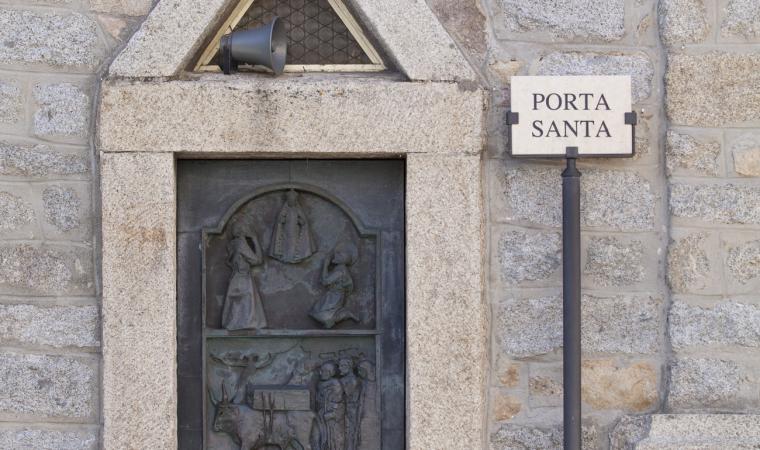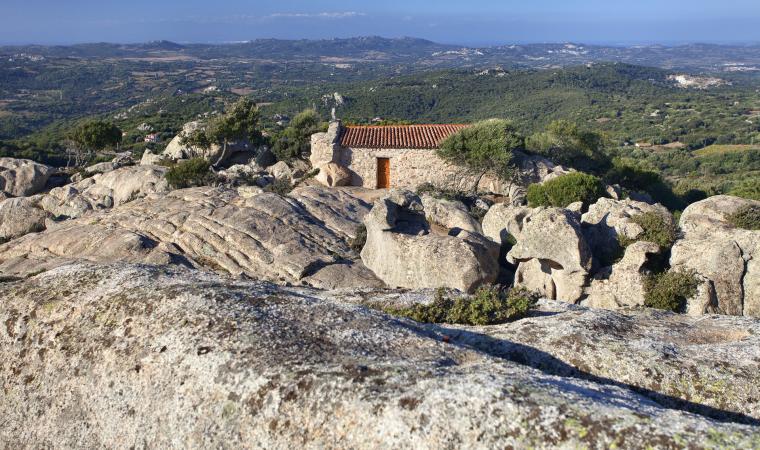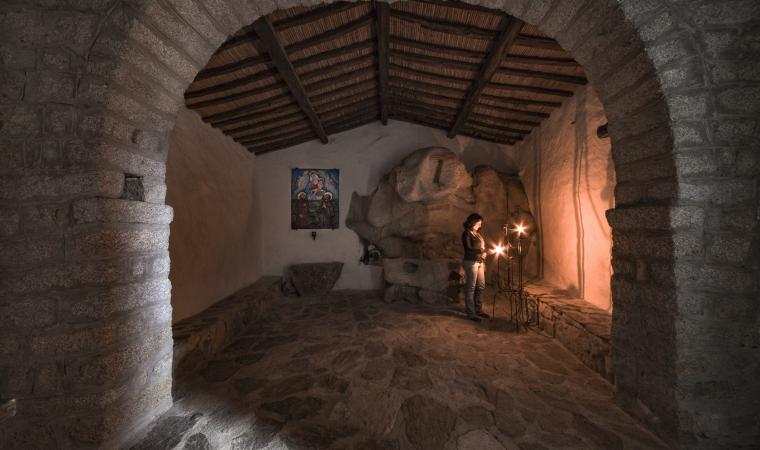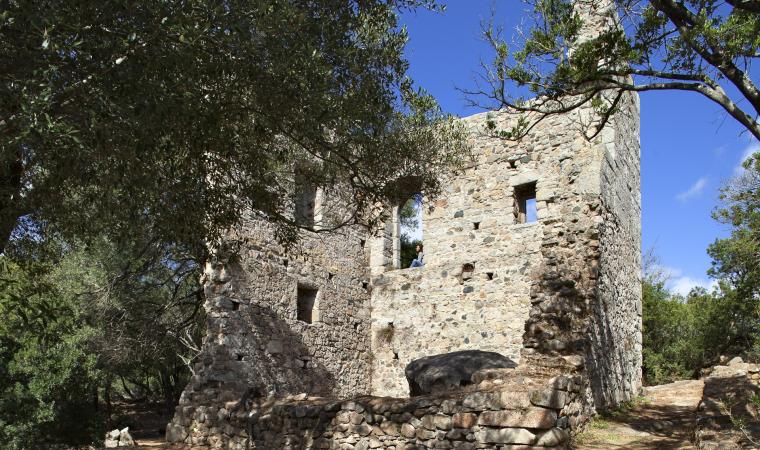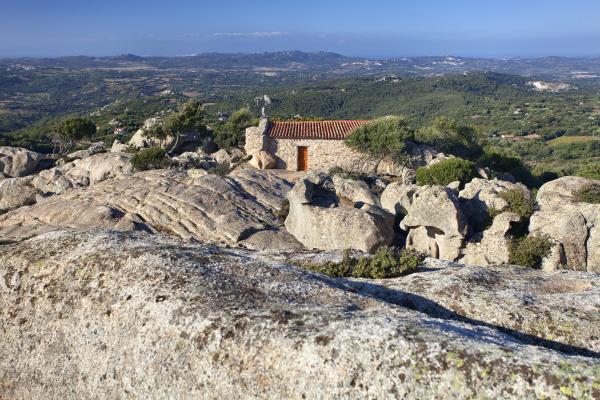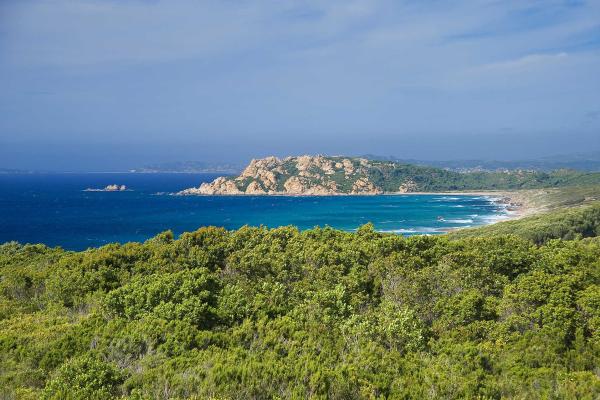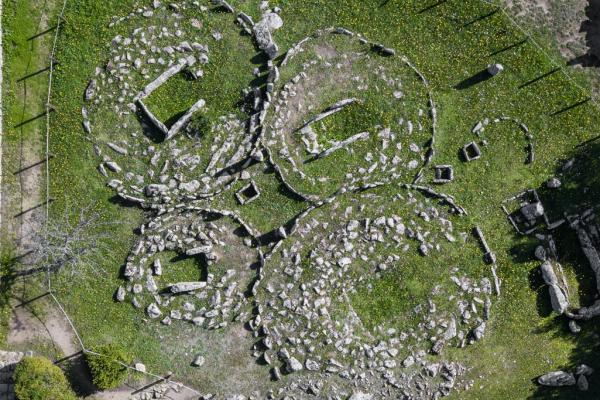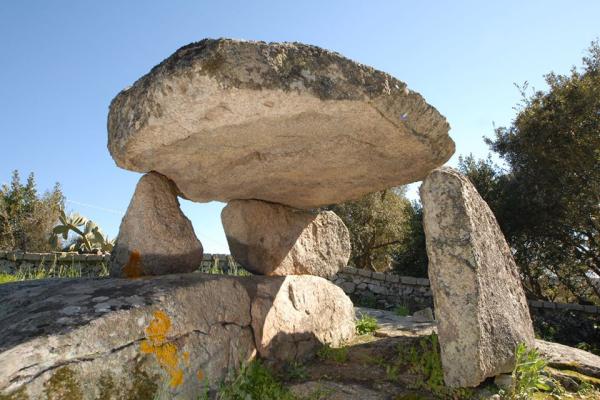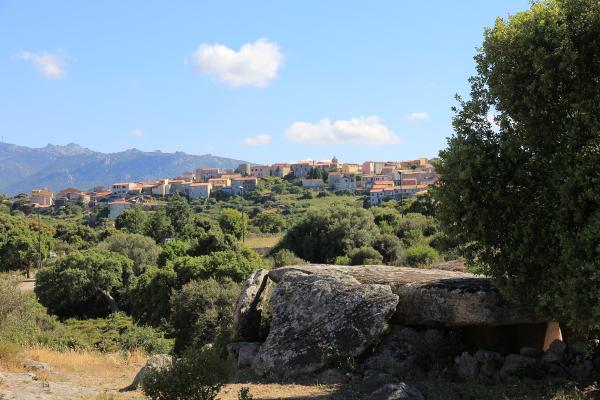A "sacred" and authentic place where time passes slowly, and a welcoming pilgrimage destination that owes its name to a devotion that characterises its community and to 22 sanctuaries spread out in the area. Luogosanto ("holy place") is a town of fewer than 1000 in the heart of Gallura, in the foothills of the granitic Monti Ghjuanni, famous for a Nuragic site with an intact (and visitable) "capanna delle riunioni" (meeting hut). The town was founded in the 13th century with the arrival of the Franciscans, who set up a convent, one of the first created while Saint Francis was still alive. Today, the renovated building hosts the Natività beata Vergine Maria Museum and an archive for documents on the Middle Ages in Gallura, which covers the local historical and religious events and displays the votive offerings donated to the Madonna Bambina over the centuries. The Basilica di Nostra Signora di Luogosanto, built by the Franciscans out of granite blocks in Romanesque style, is dedicated to the virgin.

Town
A historical, geographical and cultural centre for Gallura, in north-eastern Sardinia, drenched in history, religion and culture, surrounded by suggestive landscapes
A historical, geographical and cultural centre for Gallura, in north-eastern Sardinia, drenched in history, religion and culture, surrounded by suggestive landscapes
See this place because...
The name testifies to the religious importance of the town, made of granite houses and dotted with historical religious buildings, and to the extraordinary devotion of the community
Pictures and videos
You may also like
More attractions in the vicinity
Nearby hotels and accommodations

LUOGOSANTO
0 km

Inn
LUOGOSANTO
0 km

Inn
LUOGOSANTO
0 km

